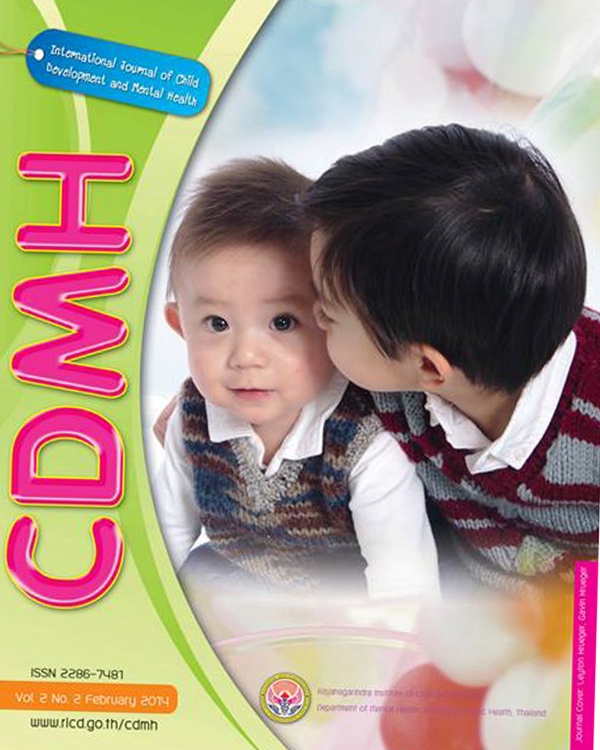Use of Music and Movement Therapy to help person with Autism
Main Article Content
Abstract
Individual with autism usually appear physically normal but display motor and coordination
deficit. Therefore, they need fine motor, gross motor and motor coordination skills training.
A structured Music and Movement Therapy for individual with autism was developed and for
the purpose of this study, the focus is to review the effect of the Music and Movement Therapy on motor and coordination skills of persons with autism. A total of 41 children and adolescents participated in the study and were divided into two groups. Group 1 comprised of 18 children (5 girls and 13 boys). The age of these children ranged from 2 to 10 years old. Meanwhile, Group 2 comprised of 23 adolescents (2 girls and 21 boys). The age of these adolescents ranged from 11 to 22 years old. A session of the Music and Movement Therapy was carried out weekly and two sets of Music and Movement Therapy module were used alternately for 10 months. Each Music and Movement Therapy session is for 45 minutes.
A Motor and Coordination Performance Checklist was developed to enable the parents, facilitators and research assistant to evaluate the participants’ skills averagely once a month for 10 months. T-test and descriptive analyses were conducted to examine any significant improvement and changes of the motor and coordination skills among the two groups. In this study, the children and adolescents with autism showed improvement in their motor
and coordination skills after participating through the Music and Movement Therapy in this study.
Article Details
![]()
Creative Commons License
This work is licensed under a Creative Commons Attribution-NonCommercial-No Derivatives 4.0 International (CC BY-NC-ND 4.0)
The authors retain copyright and permit the journal the copyright of first publication
Articles, once having passed the review process and accepted for publication in the CDMH Journal, are copyrighted under the CDMH Journal, Department of Mental Health, Ministry of Public Health. Please be aware distribution of CDMH Journal content for commercial purposes without permission is expressly prohibited. However, distribution with intent to educate, advocate, or spread awareness within the general public and research communities is permitted and encouraged with the understanding that the CDMH Journal Editorial Board do not hold jurisdiction or liability for any accompanying comments, text, or information from third parties, either in favor for or against the original article’s assertions, conclusions, methodology, or content.


